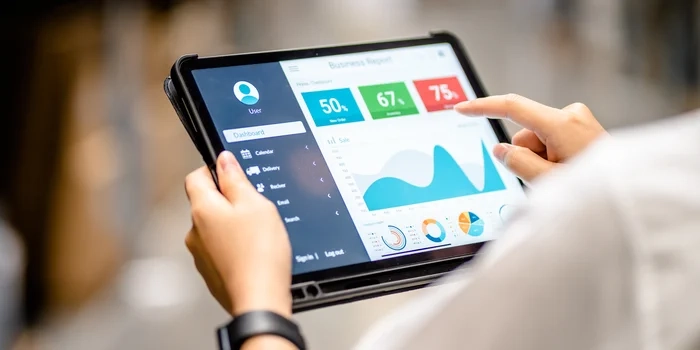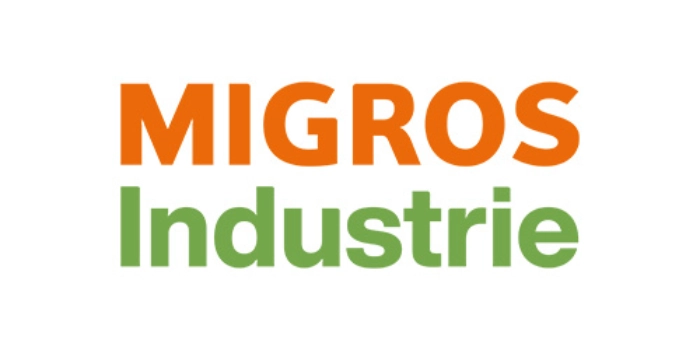

Data provision in homologation
Homologation in the areas of engine type and aerodynamics
Since 2021, the Worldwide Harmonized Light Vehicles Test Procedure (WLTP) introduced four years ago has been mandatory for OEMs. This test procedure, which is standardized by the legislator, is used to determine consumption, exhaust emissions and range for homologation (type approvals). The factors influencing these key figures are, for example, speeds in road traffic, different equipment, engine transmission variants and vehicle aerodynamics. One of the aims of the regulation is to provide customers with realistic consumption and limit values.
With the introduction of the new WLTP test procedure, it is necessary to collect more extensive data on vehicles and optional equipment in the areas of aerodynamics and engine type as a basis for homologation. This results in higher requirements for OEMs with regard to the processes of test execution, test evaluation and audit-proof documentation.
Far-reaching consequences for OEMs
As a result, the WLTP procedure poses a major challenge for engine type management, as vehicle-specific optional equipment must be taken into account for the calculation and provision of the useful data. Due to the large number of optional extras that have a direct or indirect influence on the engine type, there are millions of possible combinations. Country- and market-specific specifications further increase the variance. It is an enormous challenge to correctly provide this immense number of "buildable" variants with data.
The area of aerodynamics is also included in the new WLTP test procedure, so that the calculation of the aerodynamic coefficient is necessary for every vehicle variant. This makes the optimization of aerodynamics even more relevant. The resulting calculation values must be documented in a compliant manner right from the early development phase and must always be updated in the event of changes. This gives rise to an immense wealth of data records with a constantly increasing number. Since, due to the cost-intensive effort involved, not every available design variant can be measured in the wind tunnel and recorded in terms of data, complete documentation is becoming even more important. On the basis of the large number of coefficients determined, further design variants can be calculated by derivation so that these values can also be taken into account in customer-specific vehicle configurations.
Due to the complexity and the consideration of countless parameters, the additional time required for OEMs has increased massively. The problem is that engine type and aerodynamic data is still often handled decentrally or managed and controlled manually via Excel files. The multitude and mass of data, caused by the variance of vehicle equipment options, are already pushing process-supporting systems to the limits of their performance, so that there is an urgent need for action on the part of the OEMs.
Opportunities for engine type and aerodynamics
Our experience shows that a high-performance system with a central data hub and central interfaces offers great potential in dealing with the challenges of the new test procedure in the areas of engine type and aerodynamics. This enables common master data management and also ensures coordinated data distribution to all customer systems. This optimizes performance for a long-term and sustainable solution and provides sufficiently powerful interfaces. Furthermore, a common data hub ensures data consistency, which leads to the avoidance of errors and ultimately saves costs.
The merging of different system environments and calculation logics enables the implementation of a central process that captures all data, combines it, calculates it and transfers the newly obtained values to the relevant target systems after final approval.
Another success factor is an agile approach to system development. This makes it possible to react quickly to unexpected challenges and – if necessary – to adapt the corresponding process dynamically.
The IT, automotive and homologation experts at msg
msg has in-depth IT expertise. We accompany our customers from the identification of relevant standards to the evaluation of company-specific processes in production and downstream homologation processes to obtaining type approval. For example, our broad expertise ranges from support in the area of the WLTP procedure to an agile approach to respond to changes in development and process.












